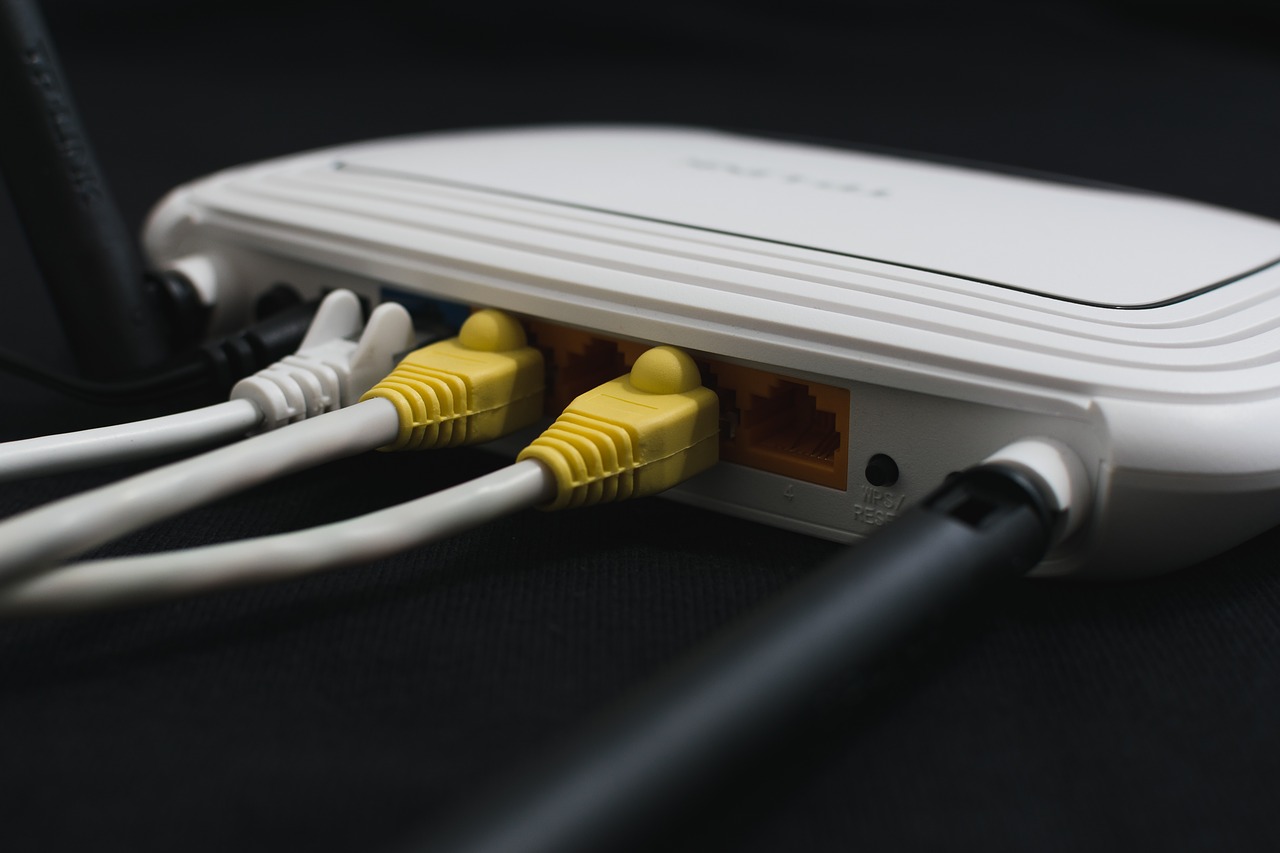When you live in an apartment complex, you’ve certainly seen far more than your neighbors’ network device IDs—very likely because your wireless connections have dropped out or aren’t as fast as you’d like. This is frequently due to the Wi-Fi channels available in your city. Wi-Fi is built for this, and separate channels – similar to those used on a walkie-talkie – keep the signals from overlapping and causing complications. If you share a Wi-Fi service with a lot of your neighbors, you’ll get a lot of competition from their networks, so it’s better to choose a channel with fewer users on it. This article by TechiePlus allows you to know how to find wi-fi passwords too with a given IP address.. You’ll be able to reduce interference and boost the WI-Fi signal as a result.
Few routers are better than others, and the right ones will swap channels automatically if necessary to prevent interference with neighboring networks. However, others may not, and you can encounter very slow web surfing speeds or excessive buffering when attempting to watch something on Netflix.
To get the best Wi-Fi link in your region, change to a network that has no other users (or slightly fewer users) than the one you’re on now. In this step-by-step tutorial, I’ll teach you how to boost your Wi-Fi connectivity by determining the right Wi-Fi channel for your Router, which applies to both your PC and your mobile phone. Then we will see how to configure your Router so that you can tune into that channel.
Wi-Fi Frequency Bands
Most current Wi-Fi routers will transmit on both the 2.4GHz and 5GHz frequency bands. These numbers might be familiar from your Wi-Fi link list. Routers also relay both [Your Network]-5G and [Your Network]-2G copies of your network at the same time. The 5G network is referred to solely by its name on certain routes without “5G.” Each frequency band has its very own set of advantages and disadvantages.
Their signals penetrate walls and floors even further, and they are detectable by all Wi-Fi adapters. 2.4GHz networks, on the other hand, are slower than 5GHz networks, making them unsuitable for bandwidth-intensive activities like HD streaming. 5GHz networks are best suited for demanding applications because they can support even faster speeds. However, their signals don’t go as far as those on 2.4GHz networks, just 230 feet for an 802.11n router. To take advantage of your 5GHz network, you must be relatively close to the Router. Furthermore, many older computers are unable to link to 5GHz networks. Before the widespread use of 5GHz networks, Wi-Fi adapters may only be able to identify 2.4GHz networks.
Check For Busy And Free Channels.
You’ll need to figure out which outlets are being used, which you can do with a free app. First, make sure your phone or tablet is linked to a Wi-Fi network (rather than 3G or 4G), and then launch the app. At the right, press 2.4GHz and 5GHz to see how crowded each one is, as well as which channel your network is using and how good the signal is where you are.
Note that signal intensity is expressed in decibels (dBm), with a lower value indicating a stronger signal. The most you can hope for is -30, but something below -60 is a decent signal. -67dBm is the absolute minimum. The app displays a graph of all available Wi-Fi networks in the region, with each network represented by a different color. You can also see the channels they’re using, as well as the light frequency (a higher curve indicates a strong signal)
Several tech applications can help you find out which Wi-Fi channel in your region is the strongest for your Windows laptop. A few free software applications are listed below:
- NetSpot is a program that runs on Windows 7, 8, and 10.
- Acrylic Wi-Fi is supported by Windows 7, 8, and 10.
- Wi-Fi Analyzer is a Microsoft Store application.
- Wi-Fi Commander is a Windows 10-only app.
All of the Wi-Fi scanners listed above are effective tools for scanning your network.
For this example, I’ll use Wi-Fi Analyzer because it’s simple to use and has a nice GUI.
Step 1: Go to the Microsoft Store website.
Step 2: To begin the update, go to the Microsoft Store and tap “Get the App.”
Step 3: Download and install software on your Windows device. Open the program until the installation is complete.
Step 4: The dashboard will appear when you open the Wi-Fi Analyzer.
You can select extra filters on the right side. I advise against altering the default settings. The last three solutions are more mature and are not available at this time.
Step 5: In the dashboard, choose “Analyze.” You’ll see a graph of graphics that shows which networks are doing well and which are not.
Wi-Fi Analyzer makes a decision based on the scan findings below the table.
You should be able to maximize the capacity of your Wi-Fi network by following the steps above, particularly if you live in a densely populated Wi-Fi network area. It would be a shame to have to deal with a frustratingly sluggish internet connection. The alternative is to connect to a quicker accessible Wi-Fi channel.
After reading this guide, I hope you will have a faster internet connection. Have fun looking around!








